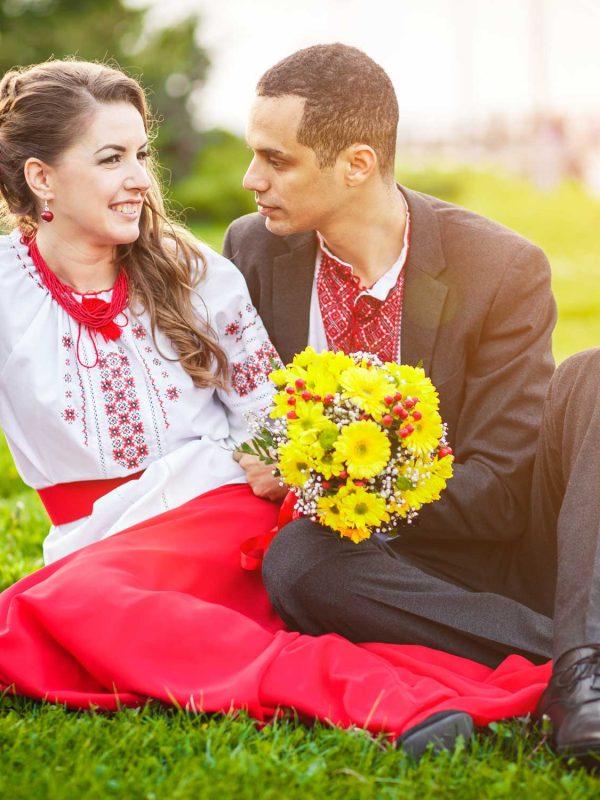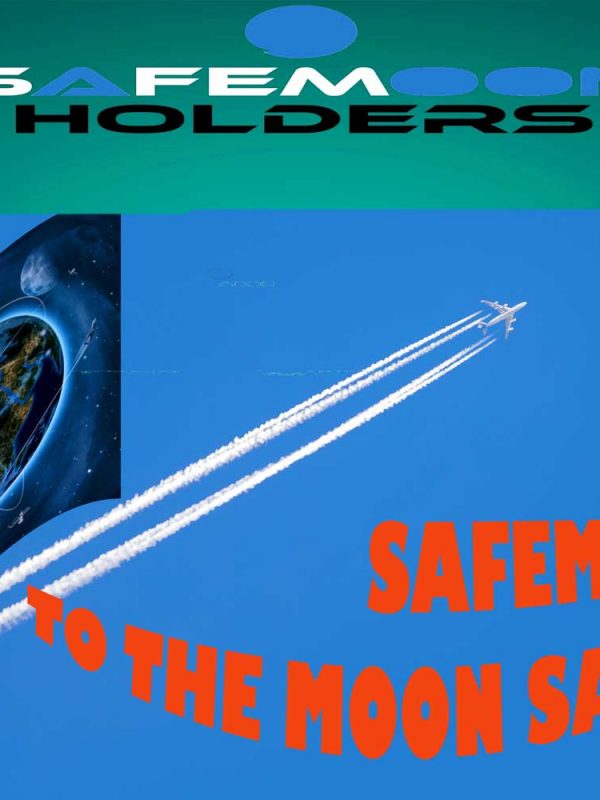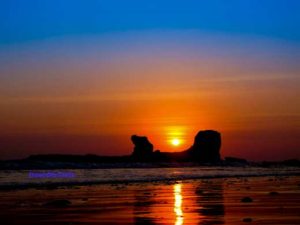El Salvador is the smallest country of Central America, yet it is densely populated and has many natural features, archaeological sites, and cities. As it is growing economically and reaching political stability, El Salvador is becoming an increasingly attractive Latin American destination. It has great coffee, a major export, and an agricultural tradition. Known for its volcanoes, El Salvador is a beautiful country.
San Salvador, the capital, is the largest city of El Salvador. Though there is increasing urbanization, about half of the population lives in rural communities and the countryside. San Miguel offers incredible weather, recreation, and the best beaches of El Salvador. It is the third largest city, and a major economic hub as a center for agriculture and production.
Civilization in El Salvador dates back to 2000 BC, when it was inhabited by Mesoamerican nations.
The tribes of Cuzcatlán, as well the Lenca and Maya (to the east) were the primary nations. Each nation has adapted in post-Columbian times, though many actively maintain traditions and community.
The territory was conquered in the 16th century by the Spanish, then later achieved independence in 1821. El Salvador celebrates their Independence Day annually on September 15th. Following the initial independence movement as part of the First Mexican Empire, the Federal Republic of Central America seceded in 1823.
El Salvador became a sovereign nation in 1841, and has been so except for a few years as a united republic with Honduras and Nicaragua. Modern history has been unstable and violent, seeing coups, mass slaughter, economic peril and eventual stabilization with a successful, legal political party and a growing economy. El Salvador is becoming a safer destination, though crime rates are high in cities and it is important to use good judgment while travelling.
Visas are often required for entry and can typically be purchased at the port for a small fee. Spanish is the official language, and many speak English. There is a small percentage (around 1%) of people who speak native languages.
Travellers enjoy exploring the many volcanoes, hiking, and touring lakes and waterfalls. Water sports like surfing, paddle boarding, and jet skiing are popular in El Salvador’s coastal towns. Here is where you may also enjoy cóctel de conchas, a seafood dish with fresh-harvested black clams.
Many seafood dishes can be found on the coast of El Salvador. The typical diet is most commonly comprised of rice and beans. The Pupusa, a thick, filled corn tortilla, is another traditional dish. Fresh fruit is widely available and inexpensive.
Visit some of the fascinating archaeological sites of El Salvador. Joya de Cerén is one of the greatest archaeological discoveries of Latin America.
This site was a Mayan city, which was buried under volcanic ash for over a thousand years. Joya de Cerén, a former agricultural community, has well preserved burial sites, cultural artifacts, and has shown how Mayan communities lived.
This incredible archaeological center is near to the Colonial City of Santa Ana and the San Andrés Archaeological site, as well as the Crater El Boqueron, and makes for an enjoyable, culturally enriching day trip. Joya de Cerén and many other sites are internationally recognized as World Heritage sites, and there are thousands of Mayan ruins that have yet to be excavated.
El Salvador is a small nation, struggling yet resilient, with striking volcanoes and unique indigenous traditions and cultural heritage.
 TravellerHints!
TravellerHints! 


